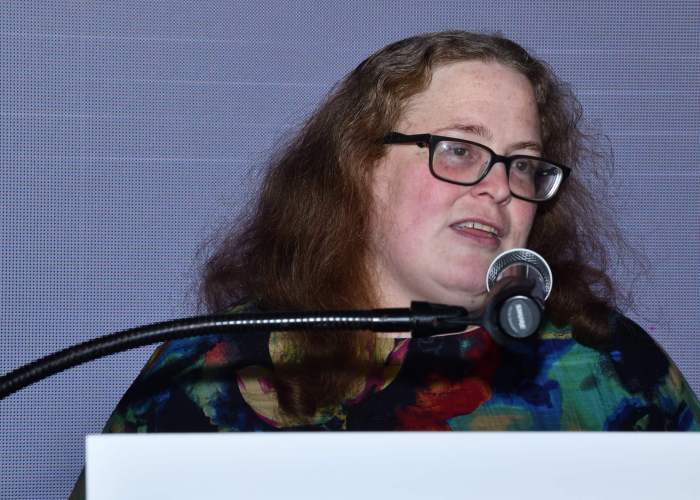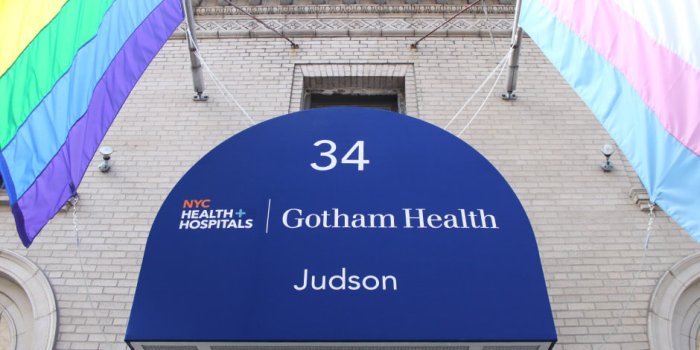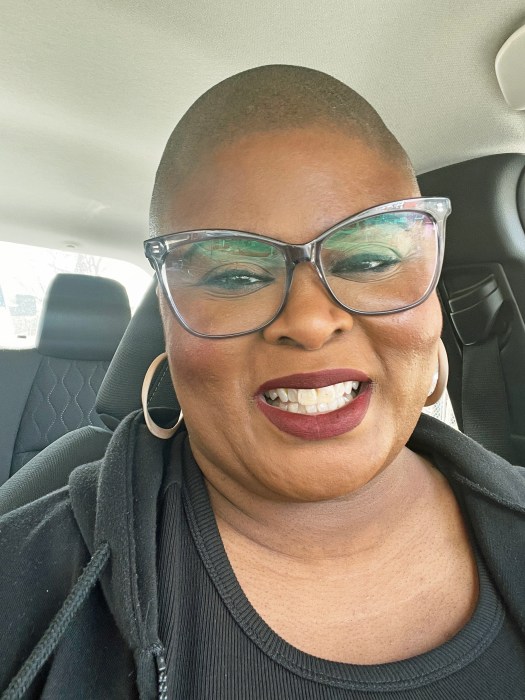Access to gender-affirming hormone therapy is strongly associated with lower rates of depression and suicide among LGBTQ young people, according to a peer-reviewed study unveiled this month in the Journal of Adolescent Health.
The research, which was led by the Trevor Project and featured data from more than 9,000 people between the ages of 13 and 24, reaffirms the importance of access to gender-affirming care at a time when some states have mounted legislative attacks on trans youth. In April, Arkansas became the first state to enact legislation barring doctors from providing gender transition-related care and allowing health insurance companies to opt out of covering individuals of any age if they seek gender-affirming care.
Curtailing healthcare rights, however, can leave transgender youth in an even more vulnerable state. Half of trans and non-binary young people in the report said they were not receiving gender-affirming hormone therapy even though they wanted to, while 14 percent of respondents were receiving gender-affirming hormone therapy. Thirty-six percent of transgender or non-binary youth said they did not want gender-affirming hormone therapy.
Among those between the ages of 13 and 17 who received gender-affirming hormone therapy, 51 percent said they seriously considered suicide. That number rose to 61 percent among those who were unable to access gender-affirming hormone therapy. Similarly, sixteen percent of those who received gender-affirming hormone therapy said they attempted suicide, but that number jumped up to 28 percent among those who couldn’t access gender-affirming hormone therapy.
“It’s clear that gender-affirming care has the potential to reduce rates of depression and suicide attempts, while banning this vital care and exposing young people to harmful political rhetoric can cause real harm,” Amit Paley, CEO and executive director of The Trevor Project, said in a written statement. “It’s critical that all transgender and non-binary youth across the country have access to medical care that is affirming, patient-centered, and evidence-based.”
Among other factors, age and family support were two important areas of focus in the research. Those under the age of 18 who were receiving hormone therapy had a 40 percent lower risk of depression or a suicide attempt in the last year, according to the report. Notably, 80 percent of those receiving gender-affirming hormone therapy received support from at least one parent, further demonstrating the importance of receptive family members.
Racial disparities represent another factor impacting gender-affirming care. White youth made up 68 percent of those who were receiving gender-affirming hormone therapy and 56 percent of those who wanted it but could not get it. White individuals represented the only racial/ethnic group in which the share of those who wanted gender-affirming hormone therapy was greater than the share of those who were unable to get it.
The opposite was true for Black, Latinx, Asian/Pacific Islander, American Indian/Alaskan Native, and multiracial individuals. For each of those groups, higher percentages of people said they were unable to access gender-affirming hormone therapy than those who had access to it. Roughly 17 percent of those who were able to access gender-affirming hormone therapy identified as multiracial, for example, while multiracial people made up about 22 percent of those unable to access it but wanted it.
The research also indicates, unsurprisingly, that people who live in the south are struggling the most to access gender-affirming hormone therapy. That region is the only part of the US where a greater share of people were unable to get access to gender-affirming hormone therapy than those who were able to access it.




































